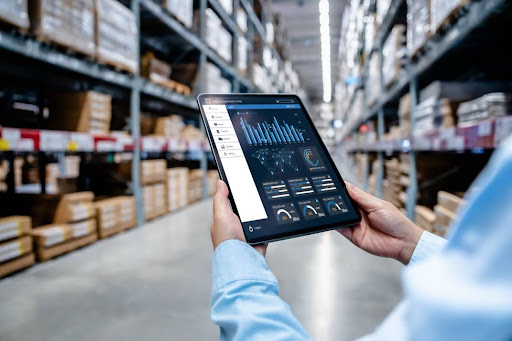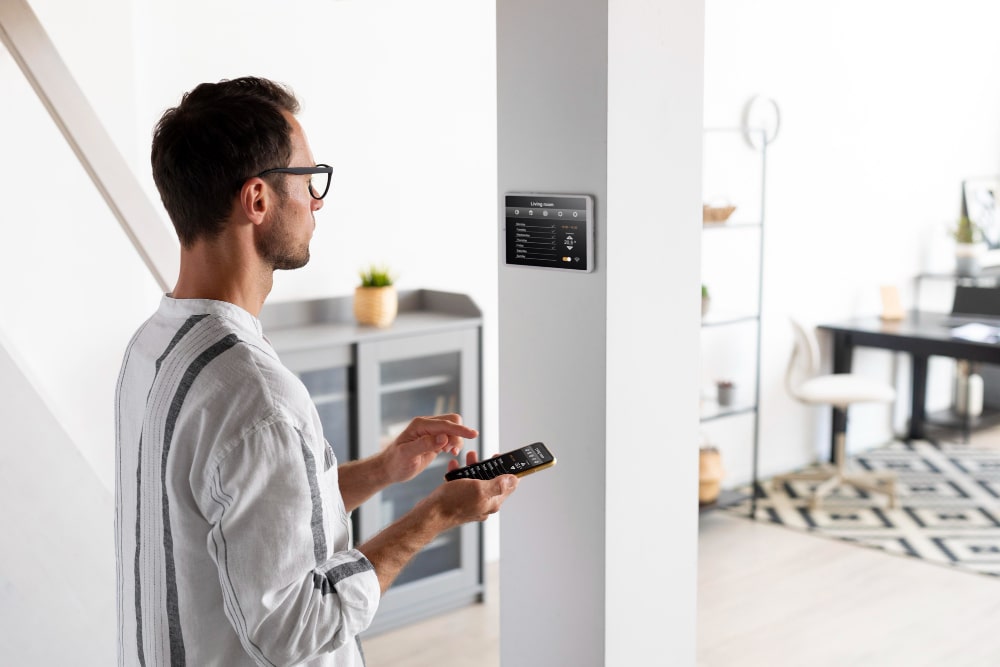The Rise of Intelligent Retail Environments
Shopping has changed a lot recently. Today’s stores are unlike those of your childhood. Cash registers resemble tablets. Shelves display small digital price tags. Cameras now track inventory. Retailers are reshaping daily shopping.
What Makes a Store “Intelligent”?
A smart store uses technology for innovative solutions. Do you remember long checkout lines during holiday shopping? Or walking around a massive store trying to find one specific item? These frustrations are disappearing. Smart stores know what’s happening everywhere, all the time. Sensors on shelves detect when products run low. Cameras alert managers when lines are too long. Some shops go so far as to monitor customer traffic to strategically position popular merchandise. It’s like giving the store a brain that never sleeps.
How Shopping Gets Personal
Here’s where things get really interesting. Stores remember you, but in a good way, not a weird way. Downloading a store’s app helps it understand your tastes. Do you buy organic milk every week? It’ll ping you when you’re by the milk and cheese. Always buying clothes for the kids? You’ll be notified when the children’s department has sales. The store becomes your personal shopping assistant.
Digital fitting rooms are emerging. A smart mirror lets you try on clothes in various colors. Some mirrors suggest matching accessories. According to the team at Blues IoT, connected retail devices throughout stores share information instantly. A smart shopping cart tablet knows what you’ve bought before and can guide you through your shopping list aisle by aisle. When items are on sale, the price tags are updated without any manual input. Even the parking lot assists you; sensors help you easily locate open spots and then memorize where you parked.
Better Inventory, Less Waste
For shoppers, nothing is more frustrating than the sight of empty shelves. After a twenty-minute drive to the store, you find the item you wanted is out of stock. This might be despite the website’s claim. Smart inventory systems have almost eliminated this frustrating issue.
Tiny radio tags on products broadcast their location constantly. The store has a precise count of how many large, blue sweaters are out on display versus stored in the back. If the stock is running out, the system will reorder more. Armed with the knowledge of actual customer purchases versus managerial assumptions, some stores have successfully reduced waste by 40%. Grocery stores use temperature sensors to watch over the frozen foods. It’s the same for the produce sections. The moment a freezer starts warming, maintenance is alerted. This prevents the ice cream from melting into a soupy mess.
The Checkout Revolution
The checkout experience has transformed completely. In the past, self-checkout often involved battling a malfunctioning machine. A machine that would complain about unknown items in the bagging area. Not anymore.
New systems use cameras and weight sensors to identify products instantly. Simply put the objects on the scanner; locating barcodes is unnecessary. In some shops, you can scan your items with your phone while shopping and then just leave once you’re finished. Payment happens automatically. Even traditional checkout lanes work faster now. Tablets allow cashiers to page managers, look up prices, and process returns without moving. The lines are moving at double the speed they were five years prior.
Conclusion
Retail is getting smarter. Moreover, it’s already changing how people shop. These technologies fix things like long lines and empty shelves. They also fix bad store layouts. With smart systems integrated into more stores, shopping evolves into a delightful experience. It is no longer a burdensome task. The stores of tomorrow won’t just sell products. They will offer experiences. That’s a success that should be celebrated with fanfare.



